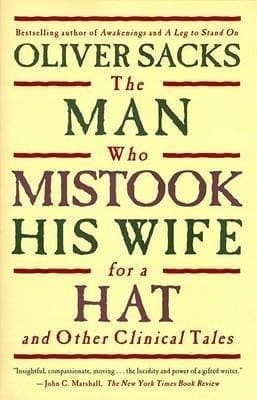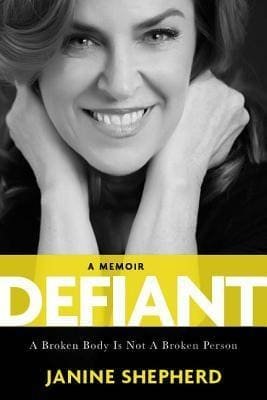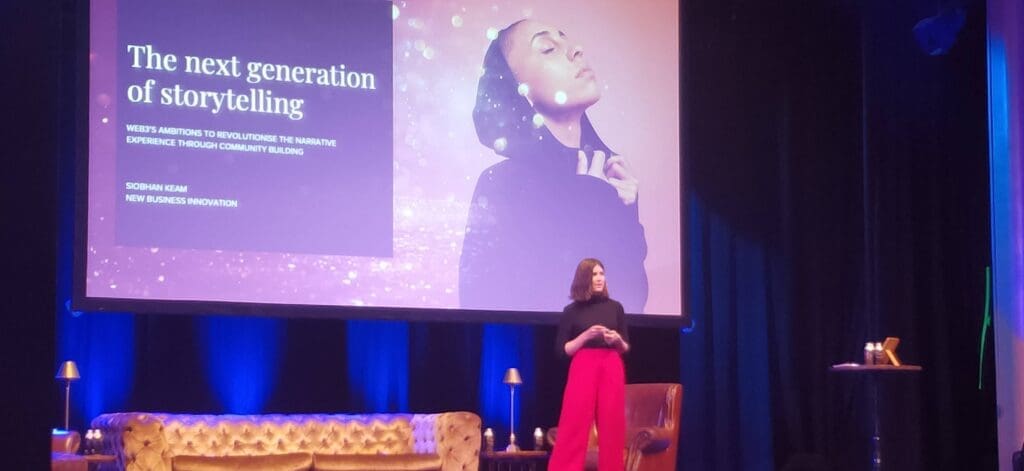There’s a certain kind of authentic voice and language that connects to your emotions, that you might find in outstanding creative nonfiction books and some self-help books. If you want to know what creative nonfiction is, it is the gripping, narrative style of writing but telling a factual story.
Like any other skill, I believe you can learn to write in a more ‘raw and real’ way. Although at times I struggle with this myself.
So push aside the academic ‘balanced view’, stamp down your prim English rules (occasionally), and let’s get to their hearts and minds.
Raw and Revealing
Recently, I was critiquing and editing a spiritual self-development book which contained many unconventional ideas. The author was obviously well-read but there were few references or evidence to back the ideas. This was more of a choice rather than an oversight per se. The best parts, I felt, were the raw, revealing anecdotes from the author’s past. As someone who has recently traversed the painful and limiting world of fear-based living, he could most help someone to break their own limiting beliefs and thoughts.
Although as an editor, I prefer to see evidence of new theories, I think it’s equally important in self-help to connect emotionally with the reader. The person wants to know that she is not alone with her struggles.
Reveal your Beliefs?
Many new writers are unsure whether to reveal their beliefs or write more factually in their nonfiction book. Journalism trained me for the latter, but now I think the answer is: it depends on what type of book you want to write.
Your beliefs and views are going to creep in anyway, so if it’s a how-to or self-help book, I see no reason to worry about including your opinion, with a caveat. You must notice that it is your belief (and not necessarily others’). In your words, allow some room for potential disagreement. You can do this by using ‘may’ or ‘perhaps’.
That said, it’s your job in self help to persuade the reader that you have done your homework, lived your theories, and can now help them to progress in their life. Vulnerability in your story can also help readers to see that you’re human and fallible, just like them. This use of our empathy when we read gets us more involved in the story.
The job of creative non-fiction writing, on the other hand, is to involve the reader’s emotions as well as tell a unique tale. Writers do this with crystal clear scenes and engaging stories. You, the reader, feel like you are there with them.
Keeping it Real
Many of us buy a business, money, memoir, or personal development book to solve a problem we have. If your subtitle and blurb plays on this, be careful of high expectations. Of course, include your researched keywords in a title and copy that intrigues. However, focussing the book’s sales copy towards real experiences, client/friend outcomes, and better habits can help the reader bridge those expectations to a place of satisfaction — and maybe even enlightenment.
Recommended Creative Nonfiction Books
If you want to write an involving and unique book, but haven’t the time for a writing course, then read more about our personal Writing Coaching service. It comes with an online course bonus.










